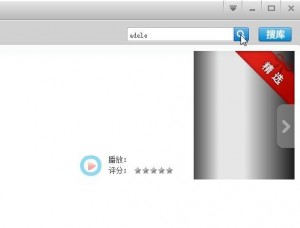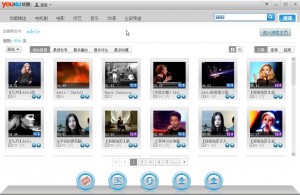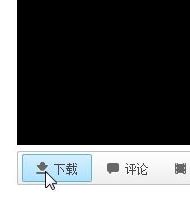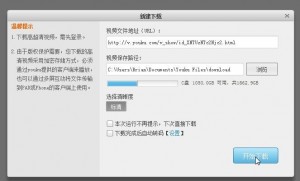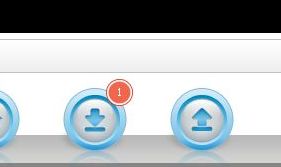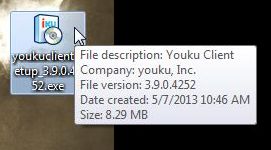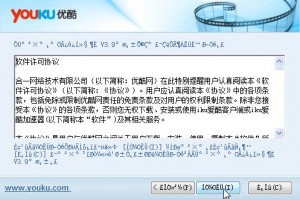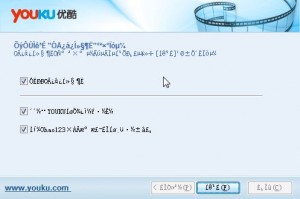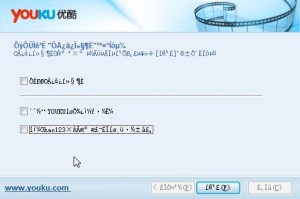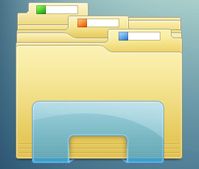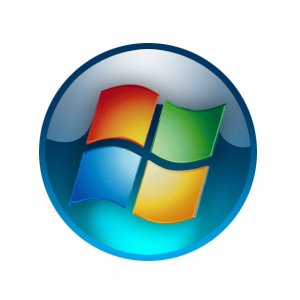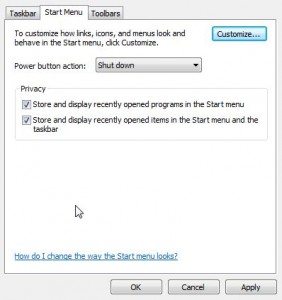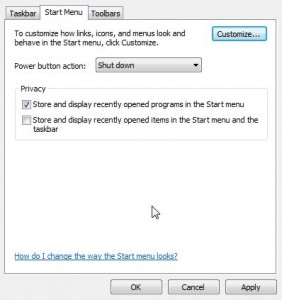
We like to listen to music while we work. Doesn’t everyone? Most streaming music sites don’t let you choose your music. That’s OK some of the time but, every now and then, it’s fun to choose your own songs. Spotify lets you do that, for free! Unfortunately, Spotify is only available in certain areas of the world. Canada is not one of those places. Here’s how we managed to get Spotify working for us here in Canada.
1. Make sure you’re using Chrome. If you’re not, you should be using it to surf the web. Don’t use Internet Explorer. Download Chrome and install it now. Here’s the link: Google Chrome
2. Chrome makes use of different extensions or plugins to perform tasks that a normal browser can’t manage. One of these extensions is MediaHint. When we try to access the Spotify site, it’s obvious that we are in Canada. MediaHint hides that fact and allows us to download the Spotify app. Go here: Chrome Web Store and search for MediaHint.

3. Choose ‘Add to Chrome’.
4. Once MediaHint is installed, you do not have to configure it. Simply head to the Spotify site, click on the Get Spotify button and wait. The Spotify software will download automatically.
5. Once the SpotifySetup.exe file is fully downloaded, click on it in Chrome or double-click on it in your Downloads folder. The little seed app will download the full Spotify program.
6. Instead of creating a new account, simply sign in with Facebook, that’s the easiest way to do it. It’s fine to use your Facebook password, just the same as with any other major app.
7. Sort your way through the various setup screens then sit back and enjoy the music!
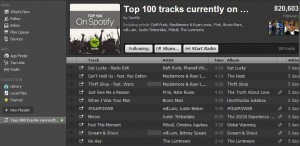
If you live in another country, the MediaHint extension will probably work for Spotify and other restricted sites. We’re not a fan of DRM (Digital Rights Management) and if we can beat it, we will. DRM is making the world a much smaller place. That’s not what we need right now, in our opinion.
Thanks for reading!

